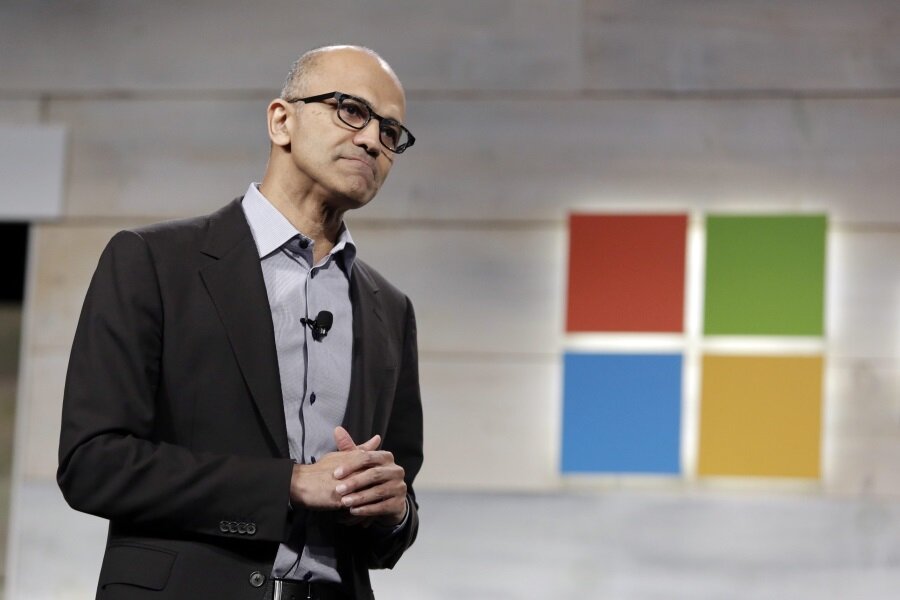Got Windows 7 or 8? Then upgrading to Windows 10 will be free.
Loading...
Microsoft unveiled new consumer features of its upcoming Windows 10 operating system at a company event on Wednesday, offering a glimpse at software that will operate across multiple devices – computers, smart phones, tablets, and even the Xbox One gaming console.
The biggest change is that a single Windows app will be able to run in multiple configurations across different devices, but will stay synchronized without the user having to do anything special.
An app running on a tablet, for example, would have a simplified touch interface, but if the user then switched over to a desktop computer and opened the same app, it would have controls optimized for a keyboard and mouse.
There won’t be any distinction between mobile and desktop versions of Windows 10 apps, Microsoft says. A single app will be able to adjust its interface to fit the device being used. Gamers will even be able to play the same game together, simultaneously, on different devices.
Microsoft also announced that Cortana, the Siri-like virtual assistant found on Windows Phone, will be making the jump to the desktop. Users will be able to type questions to Cortana, or ask them aloud, and receive answers. Microsoft vice president Joe Belfiore even showed that Cortana can act as a desktop search replacement by asking her to “Find PowerPoint slides about the charity auction” and “Show me photos from December.”
Anyone using Windows 7, Windows 8.1, or Windows Phone 8.1 will be able to upgrade to Windows 10 for free within a year after the new OS launches, Microsoft says. Presumably there are some older Windows 7 computers out there that won’t be able to run Windows 10, but as long as your device meets the technical requirements, you’ll be able to load up Microsoft’s latest OS for free.
Microsoft’s goal with Windows 10 – providing a unified experience across multiple devices – is similar to its goal for Windows 8 (and the Windows 8.1 update), which was designed to offer the same interface on computer, tablets, and phones. But many customers found Windows 8’s touchscreen interface confusing to navigate with a keyboard and mouse, and the OS never really took off. Only about 15 percent of computers today run Windows 8 or 8.1.
Windows 10 shows that Microsoft is learning from its mistakes. The operating system works on touchscreen devices, but it also reintroduces familiar desktop elements from previous versions of Windows. Windows 10 will have an expanded Start menu and an improved Action Center, where users can receive system notifications and updates. And where Windows 8 split system settings into two different locations, Windows 10 will offer a single interface for changing settings.






